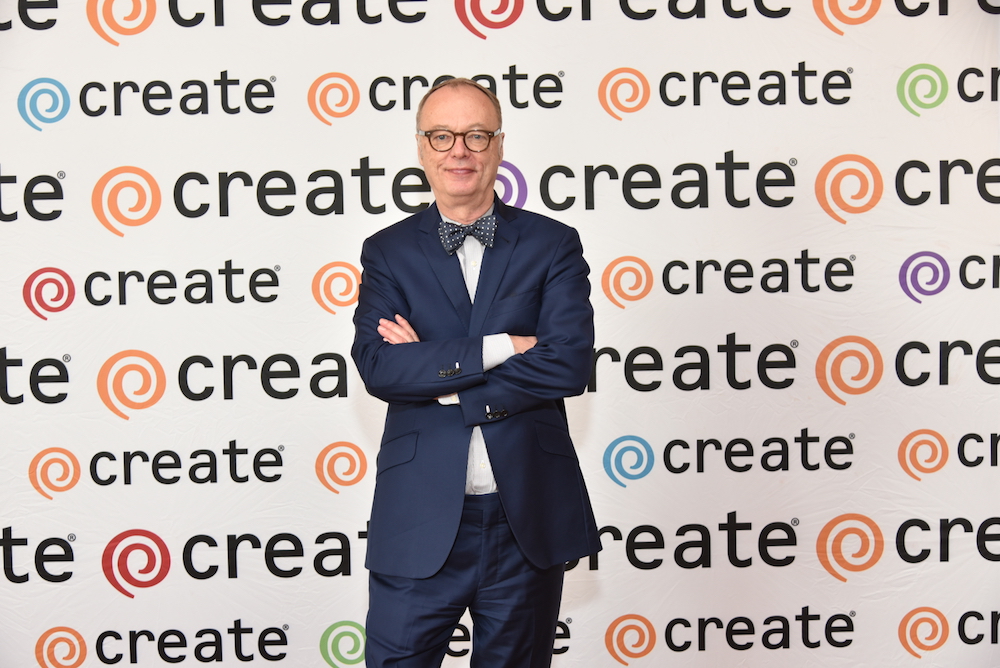COVID and the Classroom
In the summer of 2020, GBH News had two goals: come up with a distinctive way to cover COVID’s disruption on education and, while we were at it, create our own disruption of the newsroom’s workflow, transforming it from broadcast-centered to digital-first.
The result was the newsroom’s first year-long, multi-platform tentpole project. At a time when parents, politicians and educators were debating how schools should operate during a pandemic, we focused on students. Our real-time journalism project followed three high school seniors as they navigated a year of remote school and uncertainty, leveraging their text messages, photos and video diaries they shot on their smartphones. This student-generated content offered a candid window into their experiences, a jumping off point for iterative reporting and a safe way to gather sound, audio and quotes at a time when in-person photography and interviews were not always possible.
It took weeks to find the right students for the project, who would let us into their lives for the year and, most importantly, provide our audience with a window into a diverse set of experiences, interests and circumstances. We recruited applicants via social media, newsroom contacts and direct outreach to educators and community leaders. We asked a pool of 40 interested applicants to submit a sample video diary. We received 12 videos and chose the three students we thought would be the most open and would provide our audience with the most insight to a broad range of experiences.
They included a student who held tightly to her dream of becoming the first in her family to go to college as COVID upended the health and stability of her family; a young woman whose struggles with mental health were exacerbated by the isolation of online school and the absence of her beloved theater group; and a track star focused on competition that became increasingly elusive as COVID rates rose.
Working in close collaboration with GBH’s audience, digital and creative teams, journalists forged a new workflow as they told the stories of the students and their communities through more than two dozen digital-first features (many of which were also adapted for television, radio and social media); a half-hour documentary and a live virtual event.



